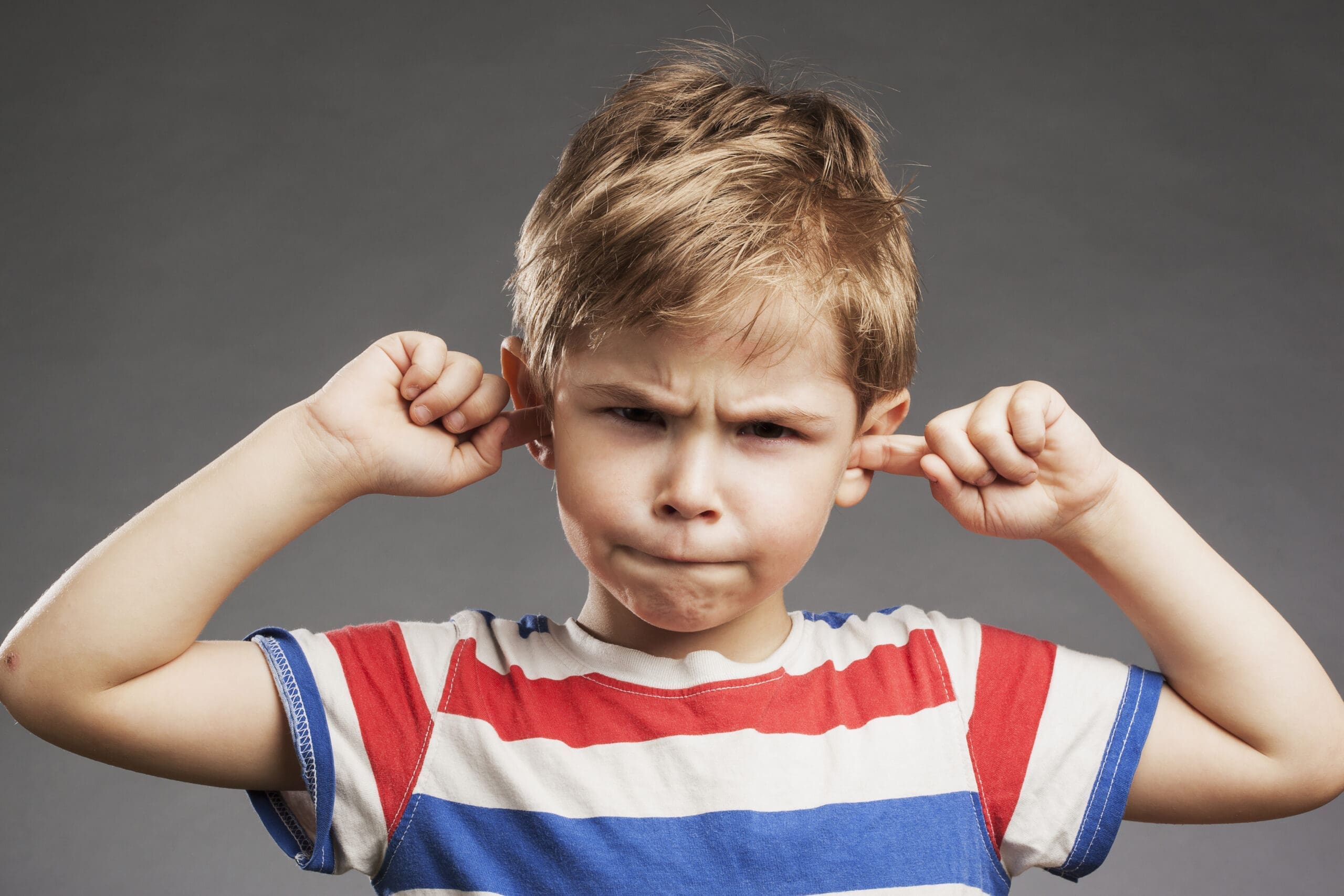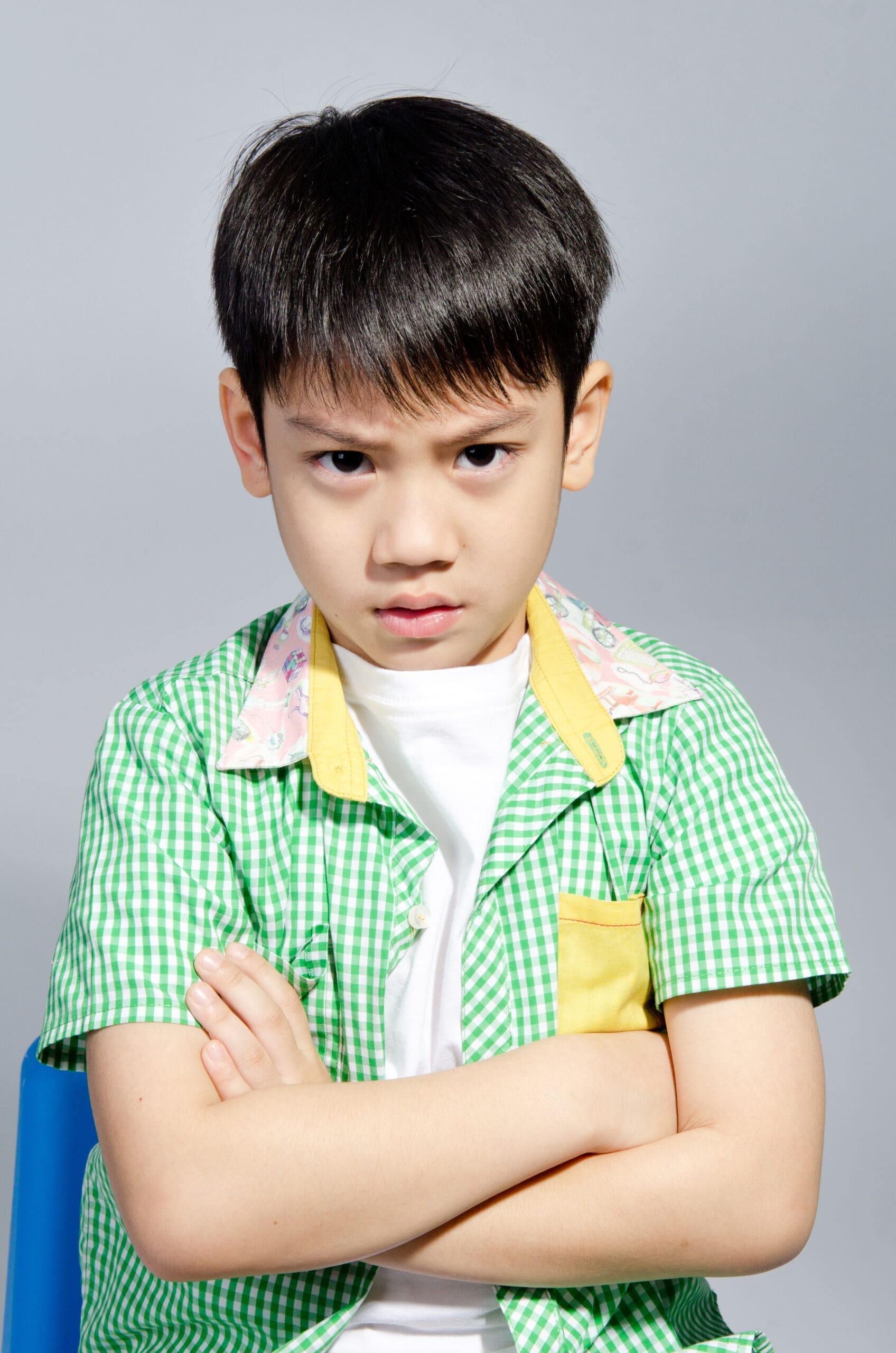Channel Your Child’s Anger & Help Them Manage It

One of the most common complaints from parents is about their children’s anger.
“He gets so angry!”
“She is always frustrated and screaming!”
But really what they mean is that they have trouble helping their child with channeling and processing strong emotions such as anger in a healthy way, also known as emotional regulation. Without knowing how to calm down when we are upset, we can not begin to address what it is that has made us upset in the first place, and thereafter solve the problem.
Using the hand as a model of the brain, kids can learn the basic biology of their anger and other big emotions. This strategy was pioneered by Dr. Daniel Siegal, a UCLA psychiatry Professor and Author of the book The Whole Brain Child, and highlights what happens to our thinking when we are upset, and why we must first calm-down before anything else. Watch this video which explains this model.
When emotions run high we operate from lower brain structures, disrupting communication with the advanced, rational thinking parts of our brain called the prefrontal cortex. While lower brain structures are important for emergency situations, when in this fight or flight state we lose the ability to learn, solve problems, listen, show empathy, and many other necessary skills.
When our child is upset and in this state, and we try to explain, rationalize, or problem solve, we are just wasting time and frustrating ourselves in the process. Ever feel like “they’re just not listening to me!”?
In reality, the child is simply neurologically incapable. The best thing we can do for our child’s emotional regulation, is give them the skills they need to become effective. I call these skills “cool down skills.”

Essential Anger Cool Down Skills
Biology of Behavior
Show your child the brain model using your hand, and explain what happens when we get upset. Just giving your child the knowledge of what happens to the brain when they are upset gives your child much greater control of their anger and other strong emotions and helps them cool down faster!
Brainstorm Anger Strategies
Make a list of favorite calm down strategies with your child. Consider using some of the common strategies below:
- Drink some water
- Take 10 deep breaths
- Take some time away from everyone
- Do not speak when angry
- Read Qur’an or use tasbih
- Write in a journal
- Read a book
- Lay down or take a nap
- Anything that helps you or your child to cool down
Visual Reminder
Write the list on a poster and place it somewhere where it can be easily referenced, such as the refrigerator. It can be tricky to remember cool-down strategies when we are upset so having a visual reminder is key!
Anger Role Model
Your child is always watching, so it’s important you are setting good example. When an issue arises, instead of yelling say:
“I need to calm down before we talk about this. I am going to sit down in my room and take some deep breaths.”
(or whatever you do to help calm you down.)
Make sure you do address the issue later, once you’ve calmed down. When your child sees you do this, it helps them see that taking a break to calm down is not a punishment, but the healthy way of dealing with upsetting emotions.

Of all the suggestions listed here, being a role model is the most effective way we can support and teach our children emotional regulation. Research shows us that children learn best by watching and copying the example set by parents. So if your goal is to have your child learn to solve problems, you will have to walk the walk and do the same.
This is challenging, because our fears can make us think we are letting our kids or family get away with things if we don’t address it right away. We may fear that we are not doing our job and immediately react every time, or have our child immediately regulate their own emotions.
Remember that this process takes time. Insha’Allah your child will be on the path towards healthy emotional regulation, one cool-down at a time.


Good post however I was wondering if you could write a litte more on this subject? I’d be very thankful if you could elaborate a little bit further. Bless you!